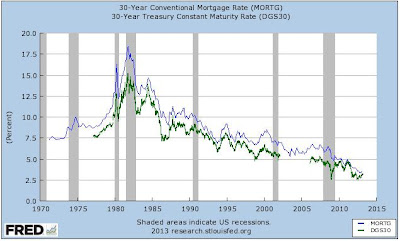On 15 March 2013 , Cyprus said it will impose a levy of 6.75% on deposits of less than 100,000 euros and 9.9% above that. The measure will raise 5.8 billion euros ($7.5 billion), which implies that we have about 68 billion euro ($85 billion) in deposits in the Cypriot banks. What this means is that each depositor in a Cypriot bank will get a haircut on their savings. This event is actually a very important one in history as it marks the first time that depositors actually lose their money, despite the presence of a deposit insurance. Of course, you can't have deposit insurance without a bailout of the banking system by the IMF. But to have this bailout, depositors need to have a cut (imposed by the IMF). It's sort of a paradox: "from now on deposit insurance is not insured anymore". Many people think that their deposits are safe when they put their cash in the bank, but they either lose it to inflation or in this case lose it to the government. The result is that inve...











